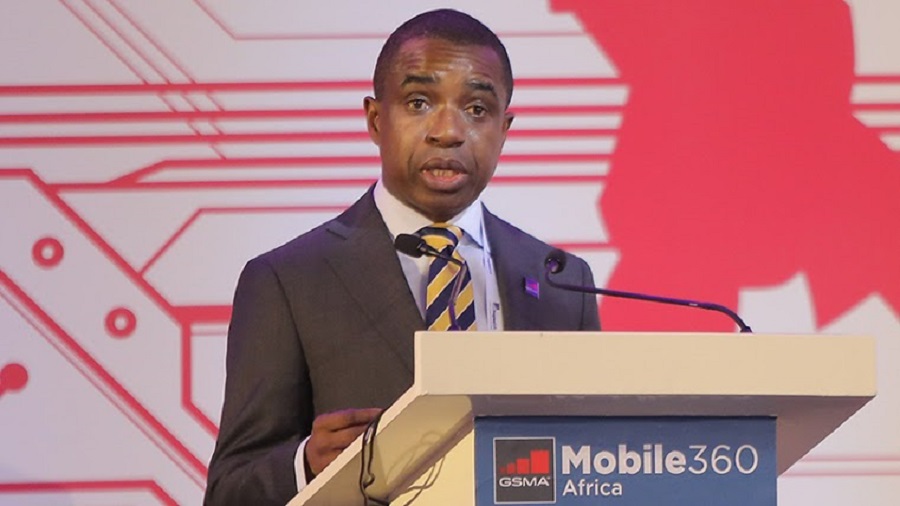A new report by the Global System Mobile Association, GSMA, has hit out at Nigeria and other African countries for having the highest spectrum pricing in the world.
GSMA says this has accounted for why the continent is not making rapid progress in broadband penetration and network ubiquity.
The report: Effective spectrum pricing in Africa, noted that African countries even license some spectrums that aid innovative services like 3G and 4G spectrums very late, frowning that they ought to have known that spectrum licensing decisions and pricing in particular, play a crucial role in accelerating the adoption of mobile services and providing better networks and services for consumers and businesses.
It warned that the issue has to be addressed for the region to take full advantage of the benefits mobile broadband can bring.
The report which claimed to have tracked spectrum assignments across nearly 50 African countries, including Nigeria for the 2010–2019 period, said that if African governments desired to continue to expand coverage and maximise the benefits from connectivity, making affordable spectrum is the first step.
Key findings of the report that is getting GSMA worried are that: “African countries account for a large proportion of the highest spectrum prices globally. When spectrum prices are adjusted by income, Africa accounts for about half of all the high or extremely high spectrum prices worldwide. Even excluding extreme outliers, spectrum prices remain high. Median prices are four times higher than in the developed world and twice as high as the global median.”
The report also finds that “governments in Africa have assigned approximately half the amount of mobile spectrum compared with the global average. This gap in spectrum assignments has emerged and expanded over the last decade, making it difficult for operators to offer fast mobile broadband speeds. Governments in the region have also on average licensed 3G and 4G spectrum around three years later than other regions.”
Head, African Operations, GSMA, Mr Akinwale Goodluck, said: “At the end of 2019, 477 million people in Sub-Saharan Africa subscribed to mobile services, accounting for 45 per cent of the population. Also, the rollout of mobile technology has driven a fifth of income per capita growth over the past 20 years. These are impressive numbers, but with some 900 million people in Africa still unconnected, there is more work to be done.
“Spectrum licensing decisions, and pricing in particular, play a crucial role in accelerating the adoption of mobile services and providing better networks and services for consumers and businesses. Our new report; Effective Spectrum Pricing in Africa, is unprecedented in scope and depth.
“The negative impacts of high spectrum prices on connectivity in Africa are unfortunately clear to see. It is an issue that has to be addressed for the region to take full advantage of the benefits mobile broadband can bring.”
He added that licensing more spectrums earlier and at affordable prices can pay dividends for consumers, as higher amounts of spectrum and lower spectrum prices are strongly linked to higher population coverage, download speeds and adoption.
He also argued that countries that have assigned spectrum earlier have also achieved higher coverage levels.
Goodluck said: “In short, mobile industry simply cannot be viewed as cash cows anymore. Government interventions to maximise revenue result in negative consequences for citizens in cities as well as rural areas. Instead, governments should release more spectrums in a timely manner. This helps operators expand their network coverage, improve speeds and encourage adoption. The aim with our new report is to give governments and regulators the arguments they need in order to implement policies that help improve mobile capacity and expand connectivity”.
The mobile market in the Sub-Saharan region is forecasted to reach several important milestones over the next five years; half a billion mobile subscribers in 2021, 1 billion mobile connections in 2024, and 50 per cent subscriber penetration by 2025.
Goodluck said the key to reaching these goals are real partnerships between governments and mobile operators.
Source:vanguardngr.com


